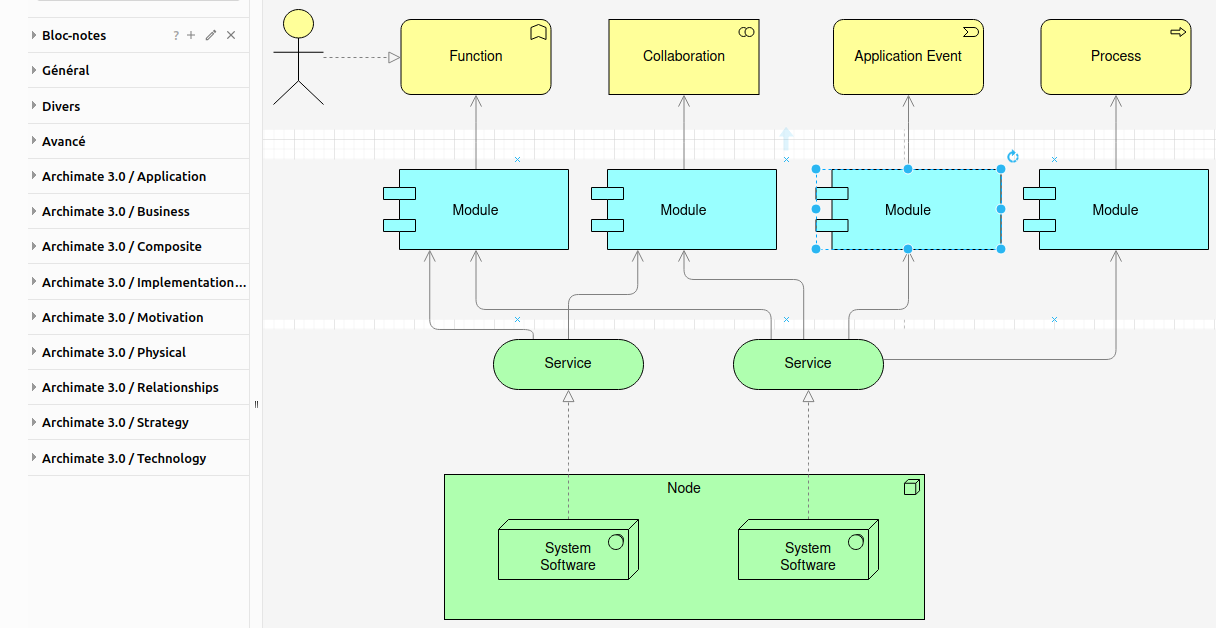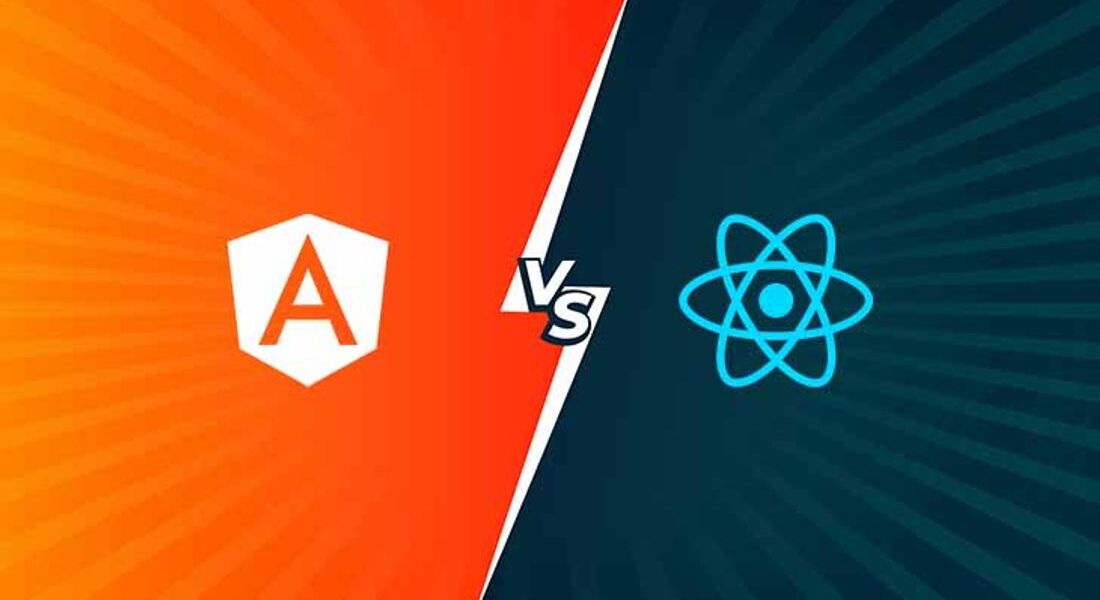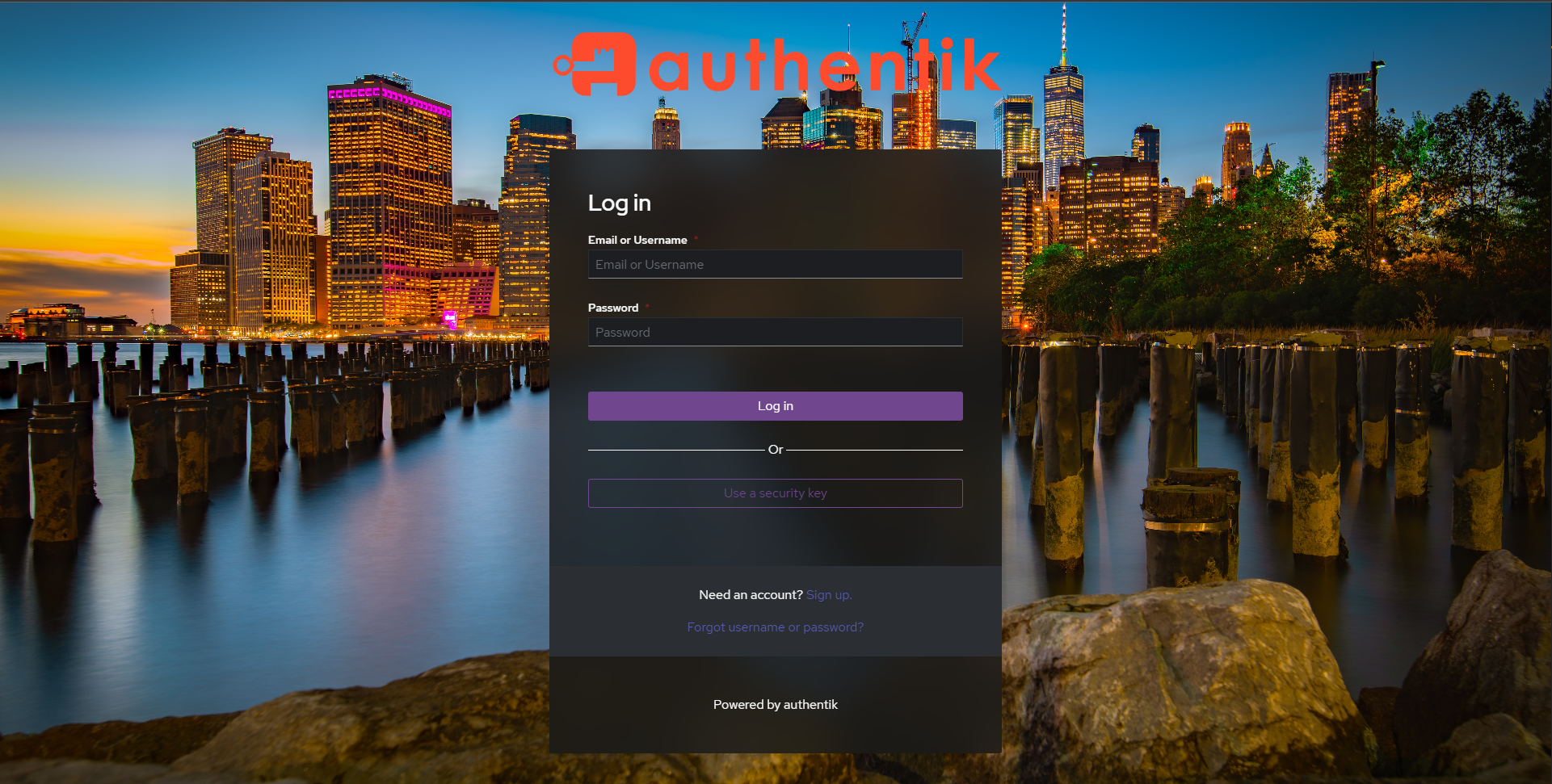Artificial intelligence is evolving rapidly, but as models become more powerful, they also become larger, slower, and more expensive to run. Enter model quantization—a technique that compresses AI models, making them faster, smaller, and more efficient without drastically reducing their performance.
In this article, we’ll explore:
- What model quantization is and why it matters
- How advanced models like DeepSeek Llama and Qwen use quantization
- The benefits and trade-offs of this technique
- Different types of quantization methods
- Future trends in model quantization
Let’s dive in!
What is Model Quantization?
At its core, model quantization is the process of reducing the precision of numerical values (weights and activations) in a neural network. Instead of using 32-bit floating-point numbers, quantized models use lower-bit representations such as 8-bit or even 4-bit integers.
Types of Quantization
Quantization comes in several forms, each with unique advantages and trade-offs:
- Post-Training Quantization (PTQ)
- Applied after training without retraining the model.
- Faster implementation but may cause performance degradation.
- Quantization-Aware Training (QAT)
- Incorporates quantization into the training process.
- Helps models adapt to lower precision, retaining more accuracy.
- Dynamic Quantization
- Weights remain in full precision but activations are quantized dynamically during inference.
- Good balance between speed and accuracy.
- Static Quantization
- Both weights and activations are quantized before inference.
- Requires calibration to maintain accuracy.
How DeepSeek Llama and Qwen Use Quantization
 DeepSeek Llama 8B
DeepSeek Llama 8B
DeepSeek Llama utilizes Quantization-Aware Low-Rank Adaptation (QLoRA) to fine-tune and compress its model while preserving accuracy. This allows it to run efficiently on devices with limited computational power without sacrificing too much performance.
Key Features:
- Uses QLoRA for efficient fine-tuning
- Optimized for real-world deployment
- Can operate on lower-resource hardware
 Qwen 2.5 Max
Qwen 2.5 Max
Developed by Alibaba, Qwen leverages a W4A16 quantization scheme, meaning its weights are compressed to 4 bits while activations remain at 16 bits. This achieves a strong balance between model size and performance.
Key Features:
- W4A16 quantization for efficiency
- Optimized for speed and accuracy
- Competes with larger models like DeepSeek and GPT-4o
The Benefits of Quantization


- Quantized models can run on mobile devices, IoT hardware, and embedded systems.


- Reduced bit-widths mean computations require fewer resources, speeding up AI-driven applications like chatbots, search engines, and real-time language translation.


- Lower computational demand reduces power consumption, making AI more sustainable.


- More efficient models mean businesses can deploy AI without investing in expensive hardware.
The Challenges of Quantization
Despite its benefits, quantization comes with challenges:




Future Trends in Model Quantization
The field of model quantization is evolving rapidly. Some exciting trends include:




Conclusion
Model quantization is revolutionizing AI by making it faster, more efficient, and cost-effective. By adopting quantization techniques, models like DeepSeek Llama and Qwen are proving that high-performance AI doesn’t have to be resource-heavy.
As research advances, we can expect even smarter quantization techniques that push the boundaries of AI efficiency, making it accessible across industries, from mobile applications to large-scale enterprise solutions.




Post Comment